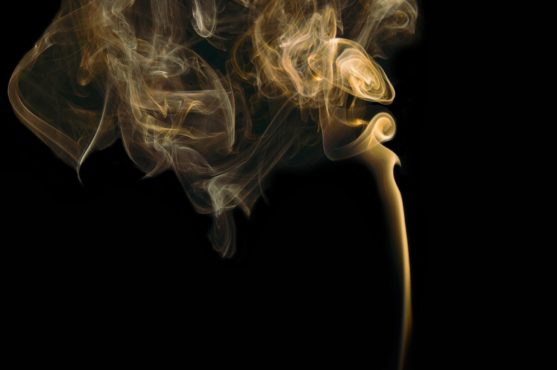Is cannabis the new study aid?

Stock image via Pixabay.
Disclaimer: Cannabis consumption is not recommended for those under the age of 19. This article is based solely on the opinion of the author, and does not necessarily reflect the opinions of the MPS. This article should not replace the recommendations of medical professionals.
Monster energy drinks, Americanos, and Timbits: admit it—at some point in each of our academic careers, we’ve all reached for an unhealthy stimulant to pull us through a late-night study session.
Instead of clawing at that sugary or caffeinated fix, some scientists suggest using cannabis — particularly Sativa-rich strains — as a study aid to bolster creativity and productivity. In fact, the Student Union of UBC Okanagan in Kelowna, for example, have approved medical cannabis coverage under their health plan coverage.
Can cannabis actually help you learn? The jury is divided. One study conducted by researchers at the Harvard Medical School concluded that smoking cannabis improved cognitive performance, while another study found that cannabis impairs working memory and the ability to form new memories. Most studies conclude that cannabis use is a highly subjective experience, and strongly recommend that people under the age of 19 do not use cannabis.
What is suggested is that, if you do decide to use cannabis, whether you’re vaping or ingesting edibles, the rule-of-thumb is: start low and go slow. As everybody reacts to cannabis differently, individuals are advised to learn their tolerance level and preferred best delivery method starting with a low-dose trial and error. Considering Victoria is Canada’s Amsterdam, there’s is no shortage of products, options, and advice.
So, if you’re open to it — what strains are likely to be the most compatible with studying?
In small quantities — say, a few pulls of a joint — Sativas can stimulate the brain and creativity which may help some with learning.
For the uninitiated, there are two major types of cannabis plants: Indica and Sativa. These strains have varying concentrations of THC and CBD — the psychoactive chemicals present in cannabis.
Indica strains are usually used for their effects on the body, and are popular for producing the ‘stoned effect.’ Indicas are great for relaxation, sleep, and pain relief. They are typically used at night, and are a good way to relax after a study session, or to get a solid sleep.
Sativas tend to induce a more energetic ‘head’ high. Cannabis aficionados report feeling a sense of euphoria after ingesting Sativas, and some even report feeling particularly social or chatty as well. In small quantities — say, a few pulls of a joint — Sativas can stimulate the brain and creativity which may help some with learning. Sativas can also be a good companion for physical activity (hiking, for example). Beware, though; for some people, Sativas can induce anxiety or feelings of being overwhelmed.
Hybrids that balance both Sativa and Indica are a nice way to experience the head and body effects of cannabis. A 50:50 Sativa/Indica hybrid can give one energy and a cerebral spark while simultaneously relaxing the body — a favourite for late-night cram sessions. Just make sure to stay away from the cafeteria.








